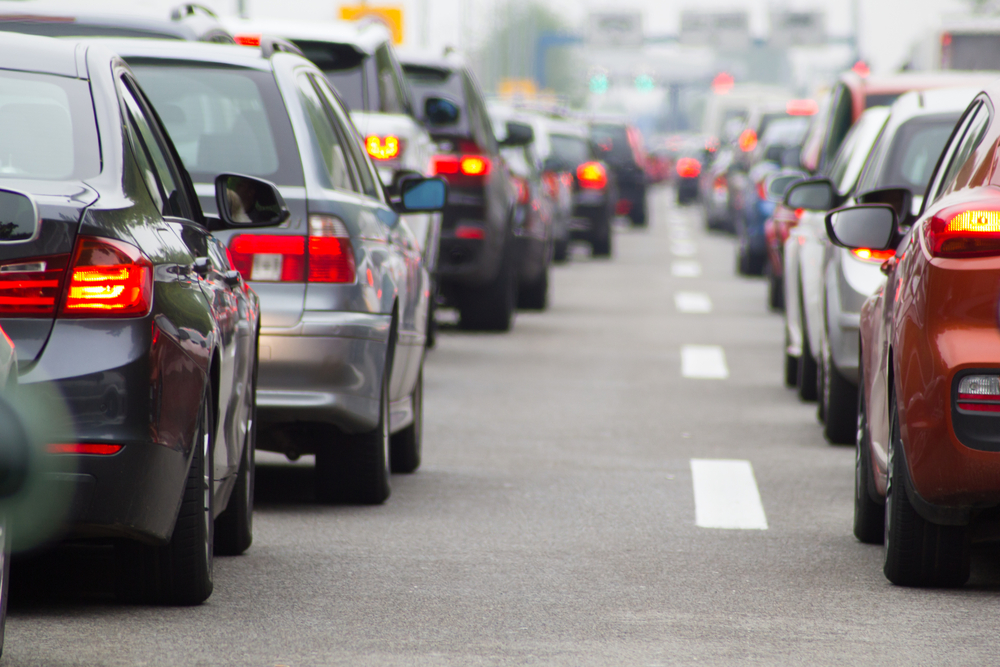
As legislators continue to debate how best to address a crumbling national infrastructure, the U.S. Travel Association revealed a new study to the House demonstrating how congestion is slowing the American economy.
“Connectivity is a hallmark of the 21st-century economy, as technology increases the speed at which we access information, communicate with people, and secure goods and services,” Tori Barnes, U.S. Travel senior vice president of Government Relations, said. “But America’s declining infrastructure is having the opposite effect by driving our homes, businesses, cities, and country farther apart.”
The Travel Association study included a series of maps known as cartograms, which demonstrate how congestion impacts travel times between major U.S. cities. This, the organization, says, lends insight into the connection between underinvestment in infrastructure and what it has wrought: reduced mobility leading to hits to the American economy at large.
They focused on average travel times between a particular set of destinations during both off-peak and peak hours, showing how those times balloon in the thick of it. Routes included Washington, D.C. to New York City; Portland, Oregon to Seattle; Los Angeles to San Francisco; and San Antonio, Texas to Houston. On the D.C. route alone, peak hours caused travel times to bloom by more than an hour and a half.
The maps were released in advance of a House hearing on “Aligning Federal Surface Transportation Policy to Meet 21st Century Needs.”